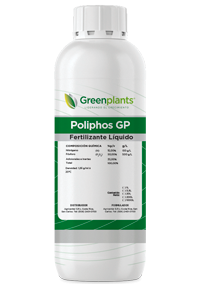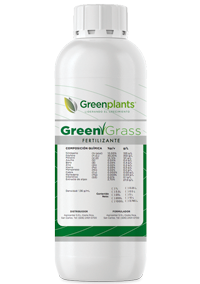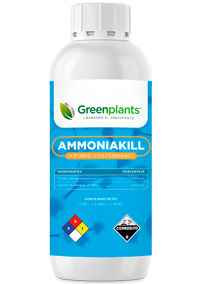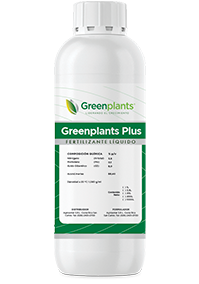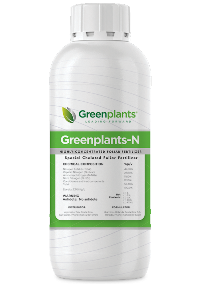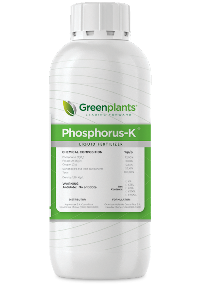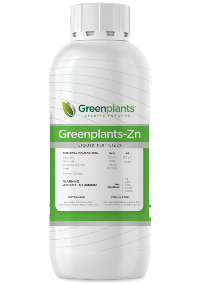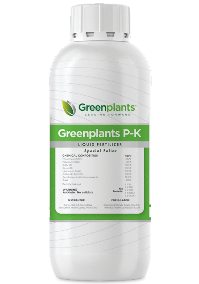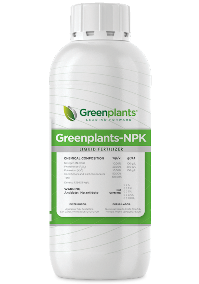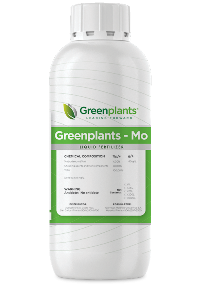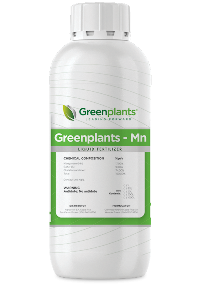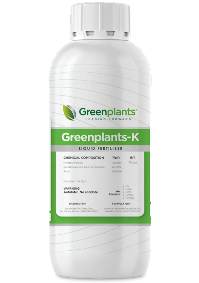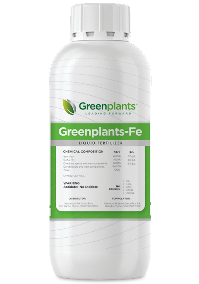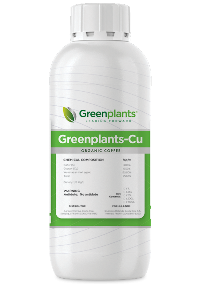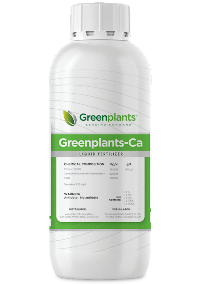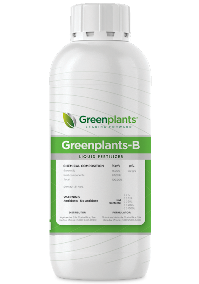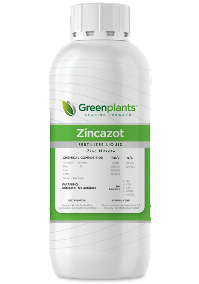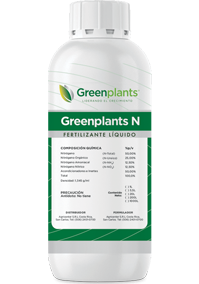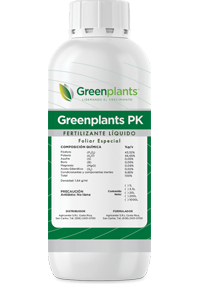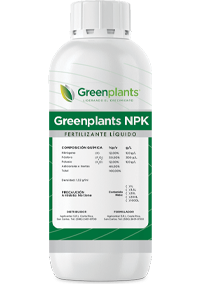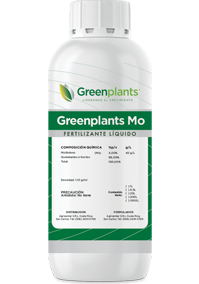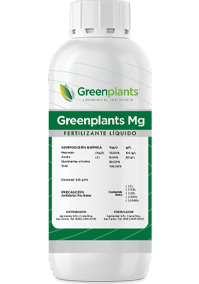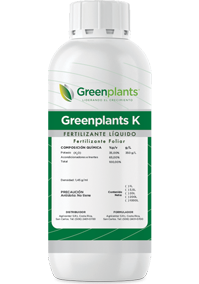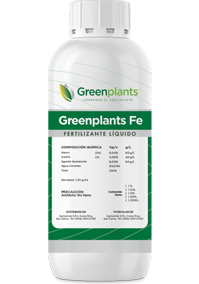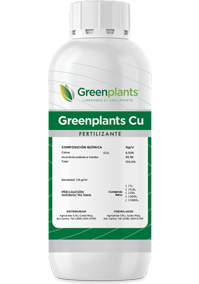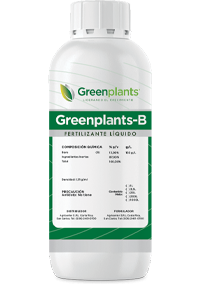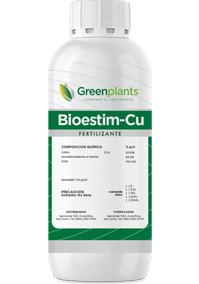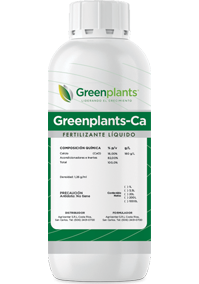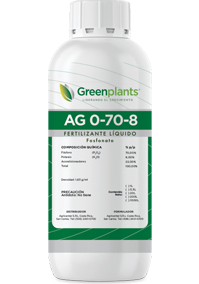
GREENPLANTS CA
| Chemical Composition | % W/V | Analytical Method |
| Calcium (CaO) | 18,00% | AOAC 945,04 |
| Conditioners and Inert components | 82,00% |
The element calcium in a form for soil application can be found in different sources, the most common being Nitrate and Sulfate, and due to their conditions are cheaper than chelated sources. In the case of foliar application, the plant leaves that receive
high levels of calcium during their growth, or that are submitted to a greater intensity of solar radiation, have in their interior a high proportion of “pectic” substances that appears in the form of “Calcium Pectate”.
This substance gives the tissue high resistance to enzymatic degradation and therefore the presence of calcium in high content in the cell wall is determinant for the plant to be able to resist a fungus infection as well as prevent early fruit ripening
Its use is recommended for the following crops: Rice, Maize, Coffee, Sugar Cane, Potatoes, Beans, Tobacco, Tomato, Bell Pepper, Watermelon, Melon, Cucumber, Grazing and Cutting Grass.
Fruit trees such as: Citruses, Mango, etc. flower and foliage plants, etc. Cotton, Chayote, Onion, Carrot, Crucifers such as: Cabbage,
Cauliflower, Broccoli, etc.
Fresh vegetables such as: Cilantro, Celery, Lettuce, etc. Pineapple, Papaya, Soy, Sorghum, Leather Leaf Fern,
Roots and Tubers such as: Tiquisque, Yampi, Yam, Taro, Ginger, Turmeric, Yucca.

